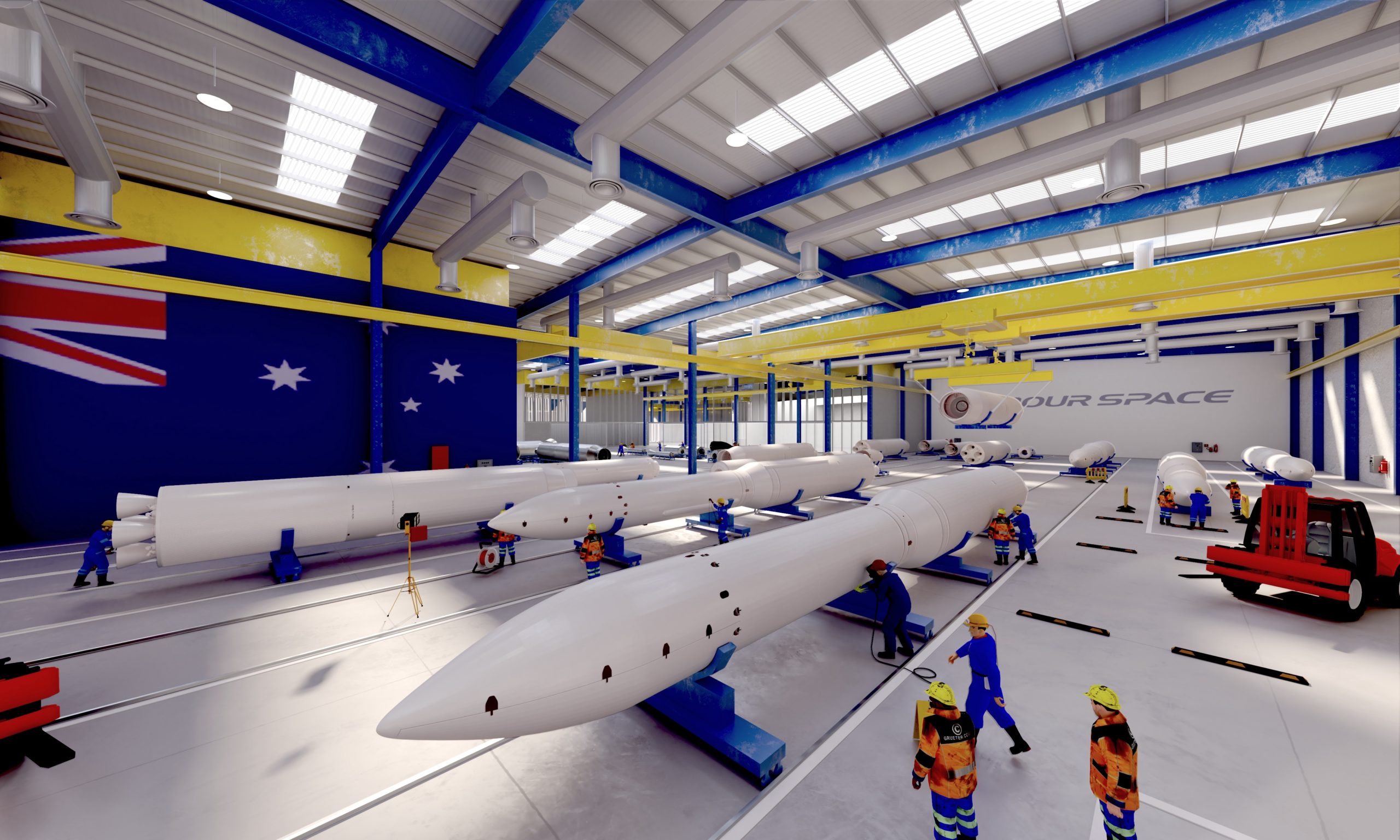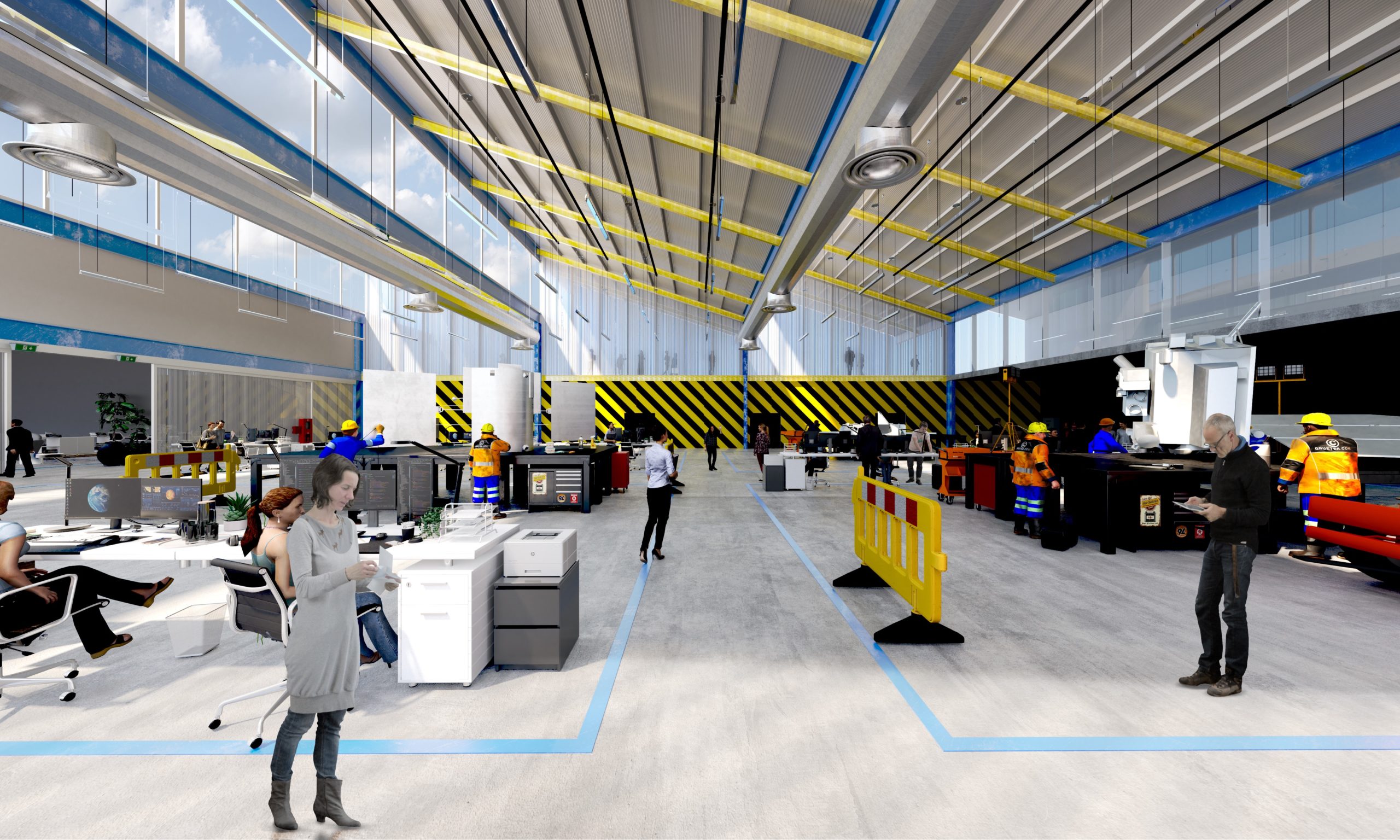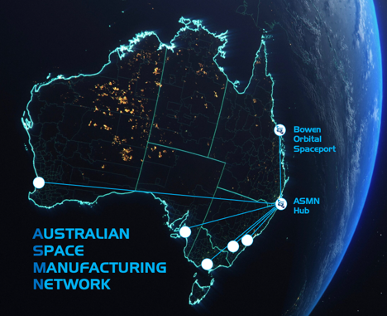Gilmour Space Technologies is one of the most active companies in Australia’s emerging commercial space sector. Since 2013, it has been developing low-cost hybrid launch vehicles for small satellites using 3D printing, among other advanced manufacturing technologies. Last year, the Queensland headquartered company was chosen to lead the Australian Space Manufacturing Network (ASMN), a national network with a mission to advance local space manufacturing and future launches. Now ASMN received an AU$52 million ($39 million) government grant to create, commercialize and finally launch space technology on local soil.
The Modern Manufacturing Initiative Collaboration (MMIC) grant will help co-found a $157 million ($117 million) ASMN bid led by Gilmour Space, which involves the largest and most diverse group of space companies, universities, and institutions from across six states and territories in Australia. As one of Australia’s largest sovereign space manufacturers, Gilmour Space will work with partners and universities to create a manufacturing and test hub and an advanced manufacturing facility to produce launch vehicles and satellites.
For Gilmour Space, the grant will help co-fund an Advanced Manufacturing Facility for building rockets and satellites in Australia and a portion of the proposed Bowen Orbital Spaceport at Abbot Point. For several years, the space company has been working alongside the state and federal government, as well as local stakeholders, to bring their spaceport to the Whitsunday Islands on the northeast coast of Queensland, and this announcement means they are on track to launch rockets this June.
Bowen is located “about 20 degrees south of the equator, which geographically makes it the ideal location to actually launch rockets and send satellites into space,” said Whitsunday mayor Andrew Willcox.

Rendering of Gilmour Space advanced manufacturing facility in Queensland Australia. Image courtesy of Gilmour Space Technologies.
In June 2022, Gilmour Space plans to launch two rockets per year until 2025, when they hope to increase launch frequencies to monthly. The group predicts that up to 92 rocket launches annually could be conducted from the Spaceport by 2032. Moreover, the recent co-funding will help the company enhance its manufacturing capabilities to build the rockets that will be transported to the Bowen launch site.
“This is big news for our Australian Space Manufacturing Network (ASMN) partners and for commercial space in Australia,” said Adam Gilmour, CEO of Gilmour Space. “Rockets and satellites are key enablers of the global space economy. The co-funding will provide timely support for emerging space manufacturers to develop and mature significant space capabilities in Australia.”
Although details have yet to be provided, the CEO said his company and the other 31 partners that make up ASMN intend to leverage this grant to engage in the full spectrum of space activities, from research and development to advanced manufacturing and launch. These efforts will help grow the industry and deliver real civil, commercial, and defense benefits for Australia.

Gilmour Space Eris rocket integration at manufacturing facility. Image courtesy of Gilmour Space Technologies.
While Gilmour Space plans to use the funds to create an advanced manufacturing site, ASMN partners and the broader space community will be able to use the facility and provide the collaboration framework and infrastructure to advance Australian space technologies from initial concept through to commercialization.
These efforts will also generate hundreds of new jobs for Queensland and Australia, attract private investment, and provide timely support for the manufacturing of critical space tech in Australia. Over the next five years, the project will support more than 850 new jobs, including 350 space manufacturers in highly skilled engineering and technical roles. We can imagine that with 3D printing in full force within the space industry, additive manufacturing experts will be in high demand.
Gilmour Space is known for its hybrid rocket engines, which use 3D printed parts, as well as its regeneratively cooled 3D printed liquid oxygen (LOx/Kero) engine, which will power the third stage of its Eris rocket to orbit later this year. With its capabilities expanding, the company will undoubtedly search for talent at some of Queensland’s local universities. Luckily, the place is home to the Queensland University of Technology and ASMN partners, Central Queensland University, Griffith University, James Cook University, and the Swinburne University of Technology, which house a wide range of 3D printing courses, machines, and robots for research and development on different 3D printing technologies.

Rendering of ASMN’s shared space manufacturing facility. Image courtesy of Gilmour Space Technologies
According to Australia’s Minister for Science and Technology, Melissa Price, the investment will help the country’s space sector triple to become a $12 billion industry capable of generating 20,000 extra new jobs by 2030.
Similarly, Angus Taylor, the Minister for Industry, Energy and Emissions Reduction, said the government’s investment in the project would help unlock further collaboration between small and medium businesses and researchers to see launch vehicles and satellites take off to space.
Commenting on ASMN’s financial win, Taylor described how “Australia’s space sector has already taken leaps and bounds and is globally recognized. The race is on in the $600 billion global space economy. The Australian Space Manufacturing Network will help cement the incredible opportunities for local companies to be part of the excitement of launch. From testing to manufacture, to assembly, and finally launch, this project will harness excellent Aussie know-how to attract further private investment and create hundreds of high-skilled and high-value jobs.
Backing projects at this level is what drives innovation and development through the roof. Australia’s space industry already generates total revenues of up to AU$4 billion ($3 billion), has over 388 space companies, and directly involves around 24 government agencies. Not to mention that it already employs a workforce of roughly 10,000. With this new initiative already in place and the expectation of even more funding destined for the space industry from the AU$1.3 billion ($945 million) Modern Manufacturing Initiative, Australia is laying the groundwork to compete with other countries in the new space race.
Subscribe to Our Email Newsletter
Stay up-to-date on all the latest news from the 3D printing industry and receive information and offers from third party vendors.
Print Services
Upload your 3D Models and get them printed quickly and efficiently.
You May Also Like
Consolidation in AM: How 2025 Is Shaping the Industry’s New Normal
The first half of 2025 has been marked by a clear shift in the additive manufacturing (AM) industry. Companies are no longer just focused on developing new tech by themselves....
Etsy Design Rule Change Reduces Selection of 3D Printed Goods
Online marketplace Etsy has implemented a rule change requiring all 3D printed goods on the site to be original designs. The update to the site’s Creativity Standards states, ¨Items produced using...
U.S. Congress Calls Out 3D Printing in Proposal for Commercial Reserve Manufacturing Network
Last week, the U.S. House of Representatives’ Appropriations Committee moved the FY 2026 defense bill forward to the House floor. Included in the legislation is a $131 million proposal for...
Transforming From Tourist to Native: Duro CEO Michael Corr Explains Why the Company Rebuilt its PLM Software on AI
In these early innings of the AI boom, many market analysts have expressed concern that AI spend has gotten too far ahead of the technology’s proven ability to deliver significant...

































